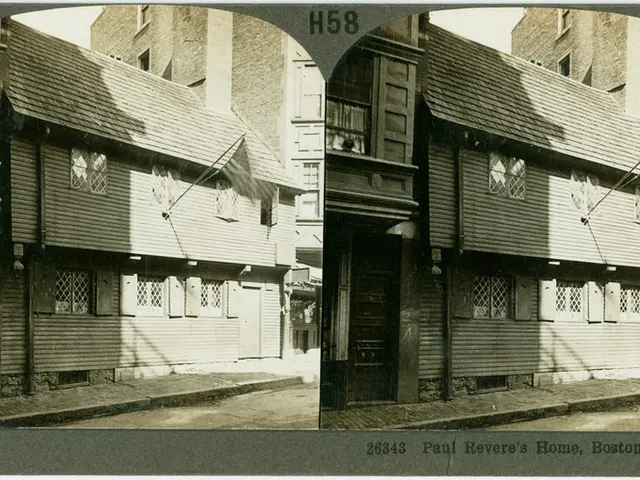Methods for Constructing Brick Walls with Precision and Intelligence
Building a brick wall can be a rewarding DIY project. Here's a simple guide to help you get started.
Preparation
Before you start, gather the necessary tools and materials. You'll need a brick trowel for applying mortar, a spirit level to ensure the bricks are laid evenly, a masonry hammer or brick hammer for shaping bricks, a string line and wooden stakes for maintaining straight lines, a rubber mallet for adjusting bricks, and a wheelbarrow or bucket for mixing and transporting mortar. A cement mixer (optional) can also be useful.
Foundation
Start by preparing the foundation. Dig a trench that is about 300mm deep and wider than the wall to spread the weight. At the bottom of the trench, lay a layer of hardcore (gravel) for drainage and to prevent soil from mixing with the concrete. Pour concrete into the trench up to the planned height, and level it before curing for 48 hours.
Laying the First Brick
Lay the first brick carefully at the corner or end of the wall line, pressing it slightly into the mortar but avoiding pushing it down too hard. Use a spirit level to check that the first brick is level both along its length and across its width. A gauge rod can be used to ensure consistent beds of mortar when laying bricks. The thickness of the mortar bed should be 25mm on the first course and approximately 15mm on subsequent courses.
Continuing with the Wall
Continue laying the next bricks along the foundation, applying mortar to the end of each brick (this is called the perp) before positioning it next to the previous one to create a strong bond. Regulate the alignment of bricks by regularly checking against the mason's line (string) stretched between the corner profiles or corner blocks.
Staggering the Bricks
Begin the second course with a half brick to offset the joints from the first course, also known as "staggering" or "running bond." The top of each course should finish in line with the gauge rod marks at both ends.
Tips and Tricks
Always double-check your measurements and levels, as small errors at the start can become larger issues as you build up the wall. The most common mix for mortar is one part cement to four parts sand, with the addition of mortar plasticiser to make the mortar easier to spread and give more working time.
If you're unsure about how many bricks you'll need for your wall, a Brick and Blocks Calculator from Jewson can help.
Safety First
Always remember to wear protective gear, such as gloves and safety glasses, when working with bricks and mortar.
With these steps in mind, you're now ready to start building your brick wall. Happy building!
Read also:
- Understanding Hemorrhagic Gastroenteritis: Key Facts
- Stopping Osteoporosis Treatment: Timeline Considerations
- Expanded Community Health Involvement by CK Birla Hospitals, Jaipur, Maintained Through Consistent Outreach Programs Across Rajasthan
- Abdominal Fat Accumulation: Causes and Strategies for Reduction








